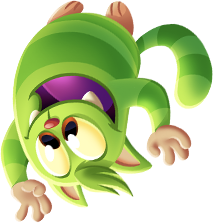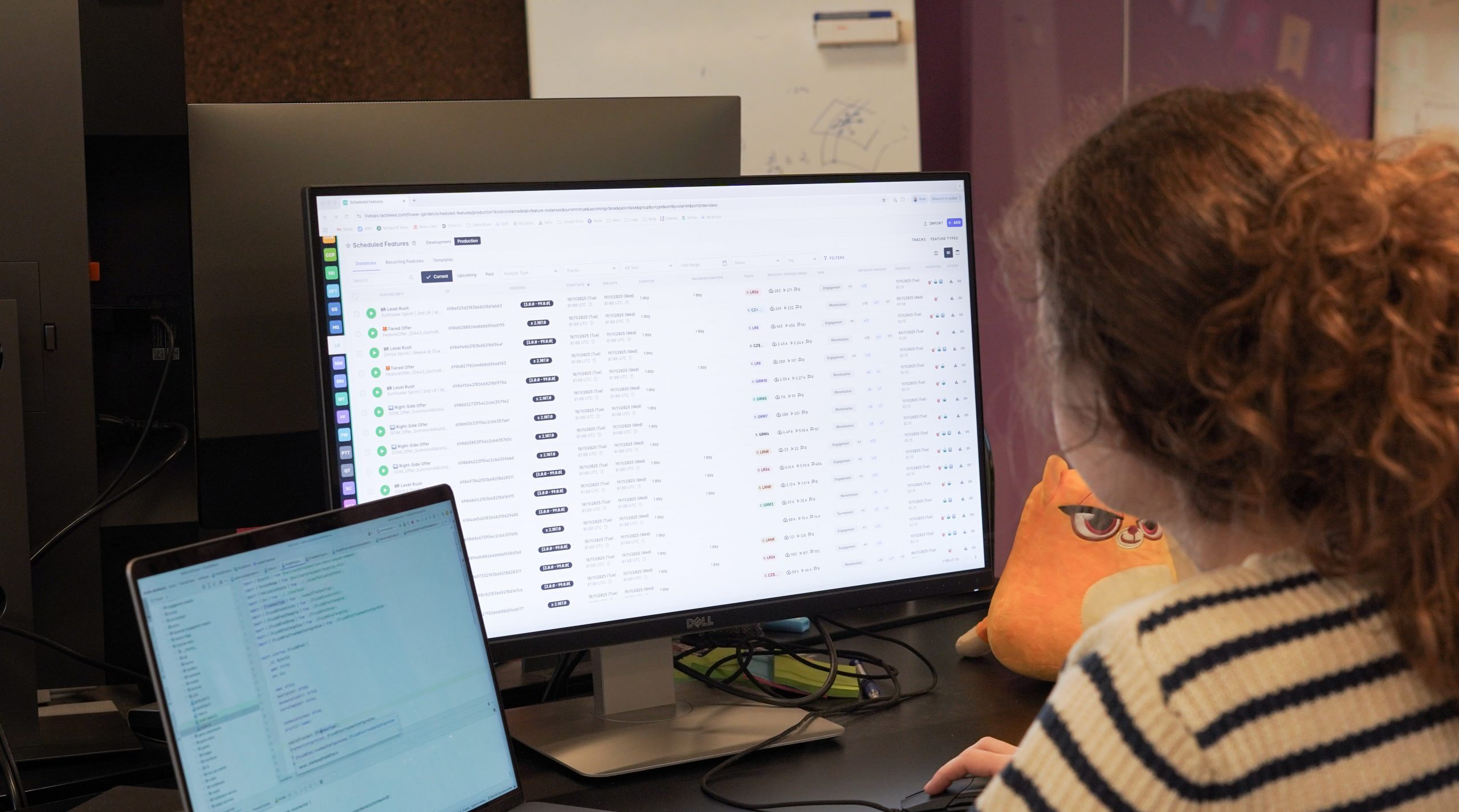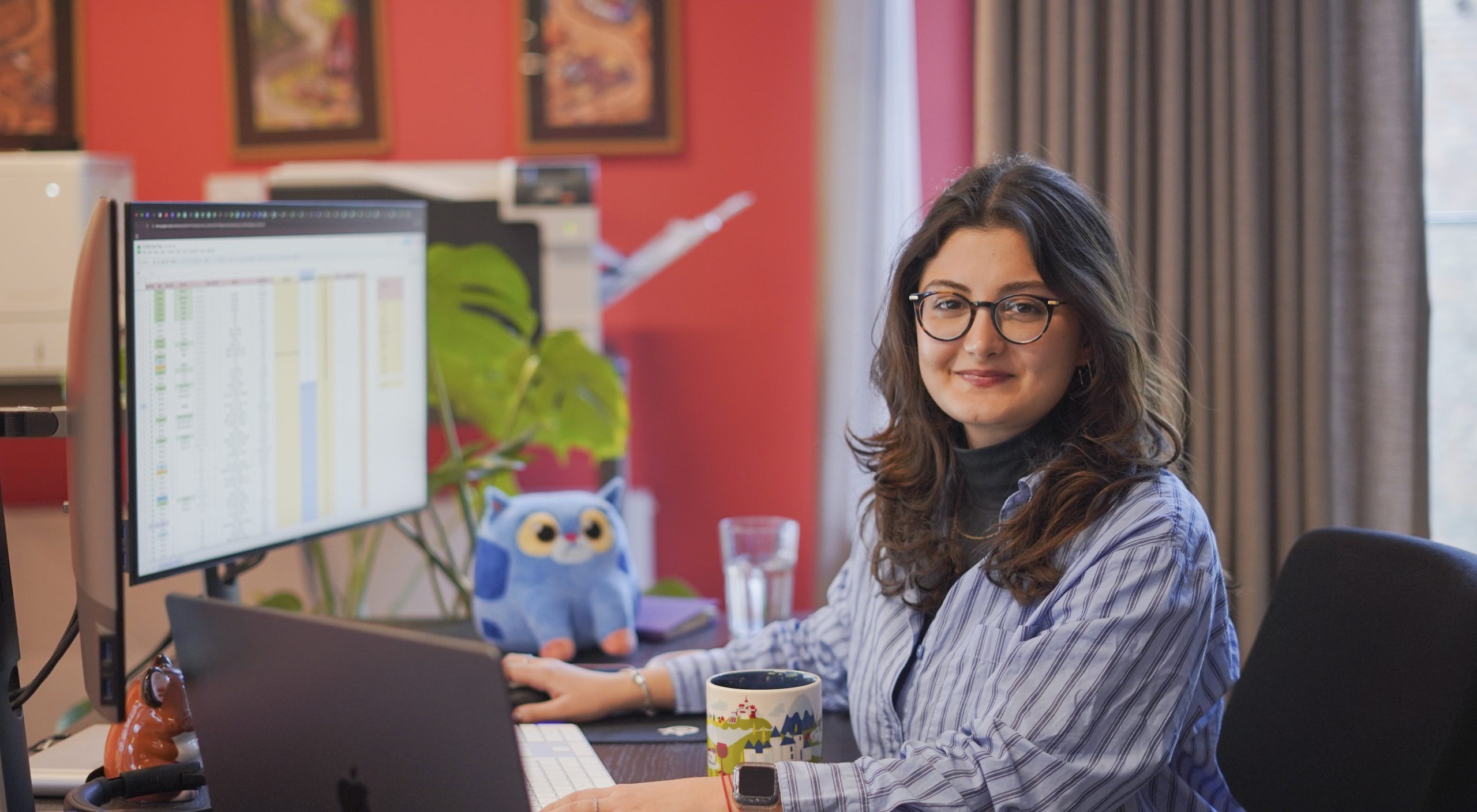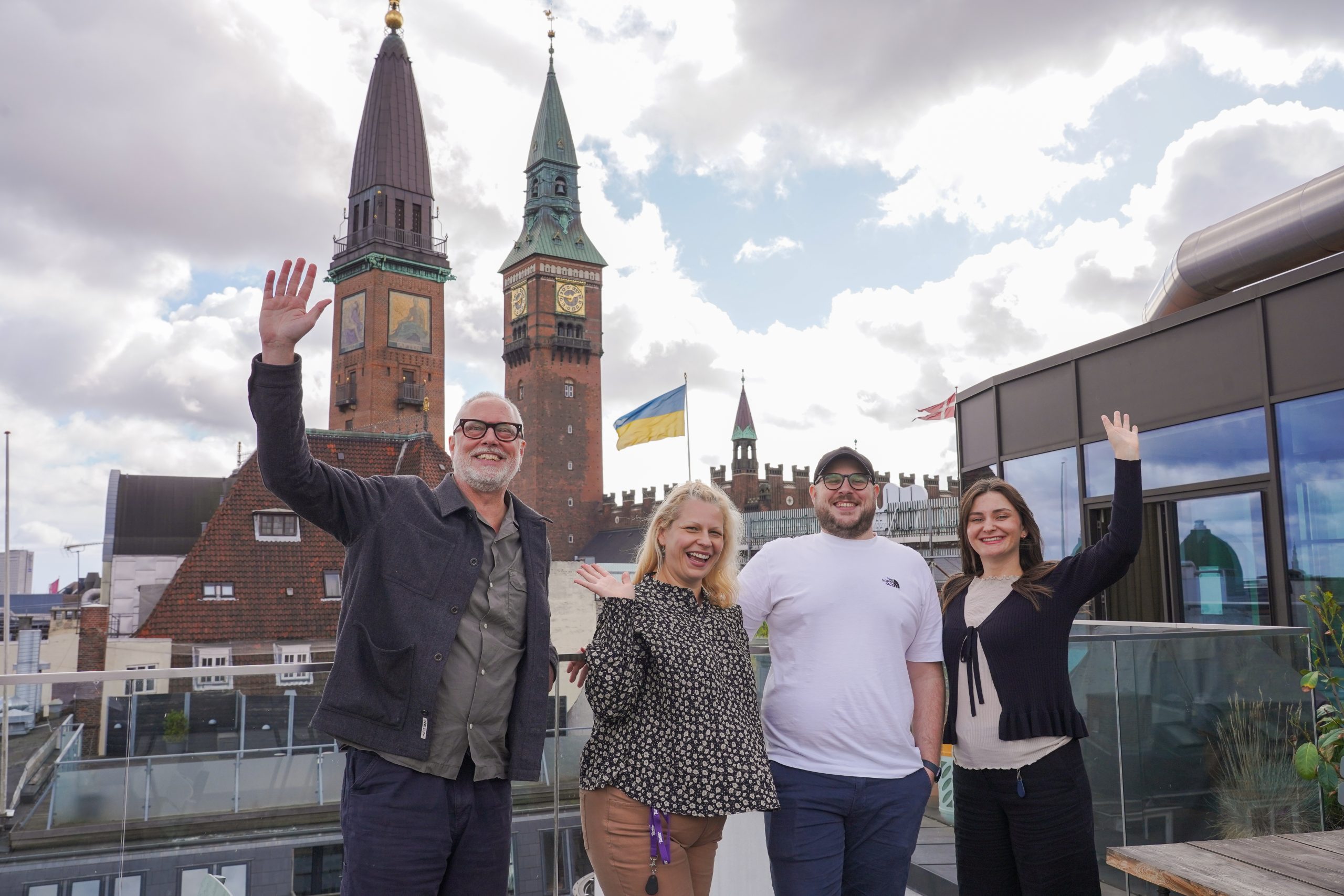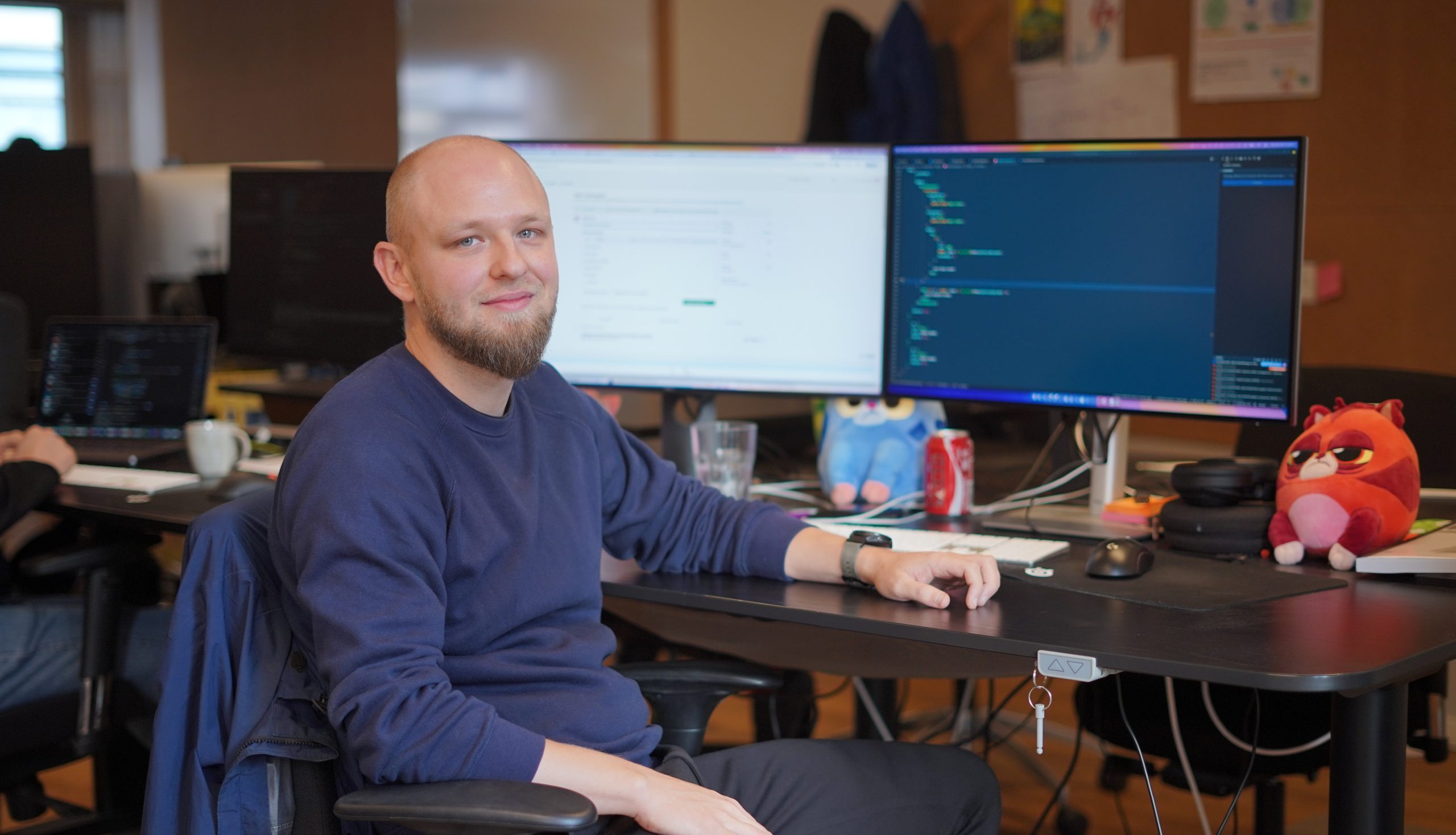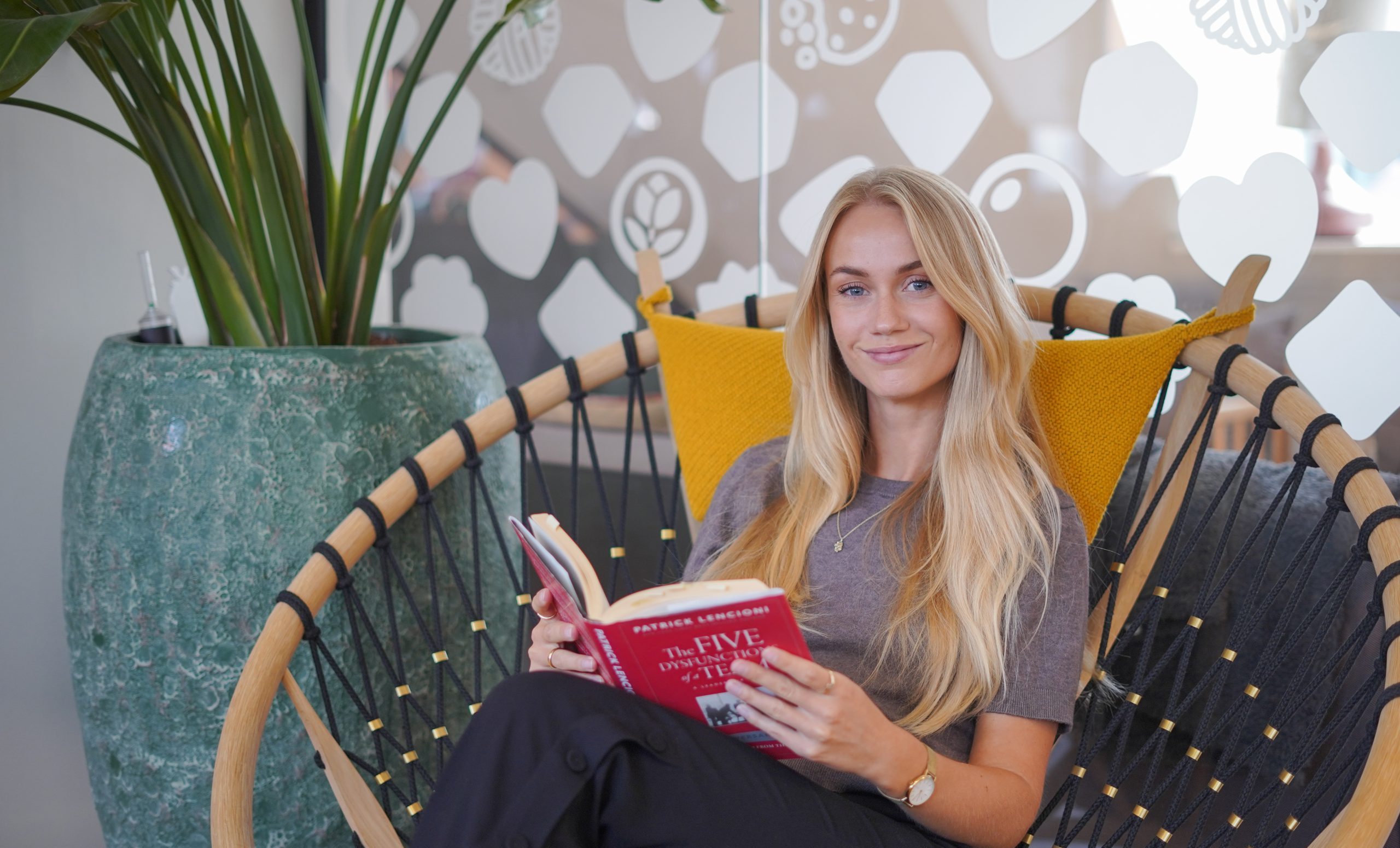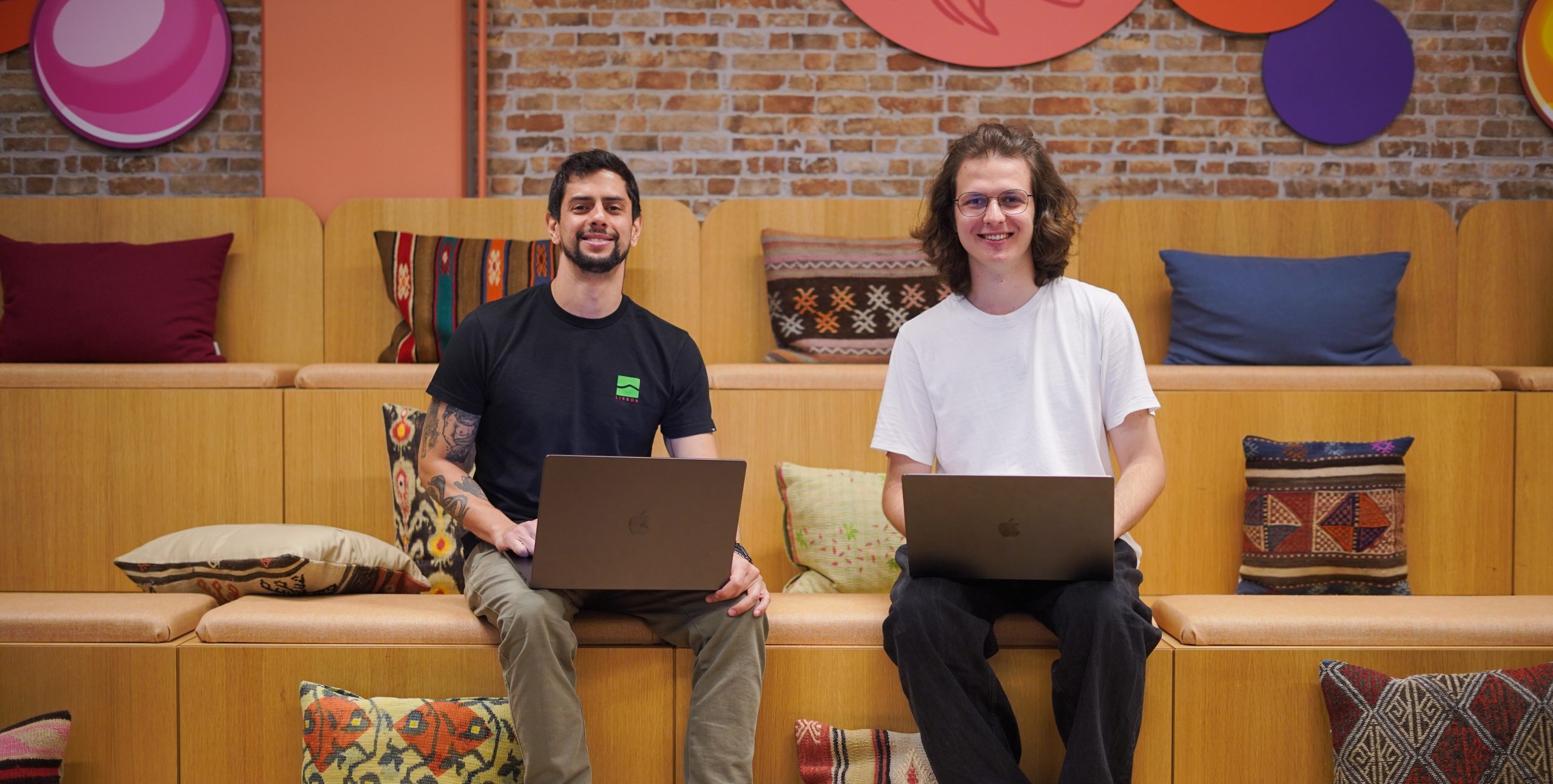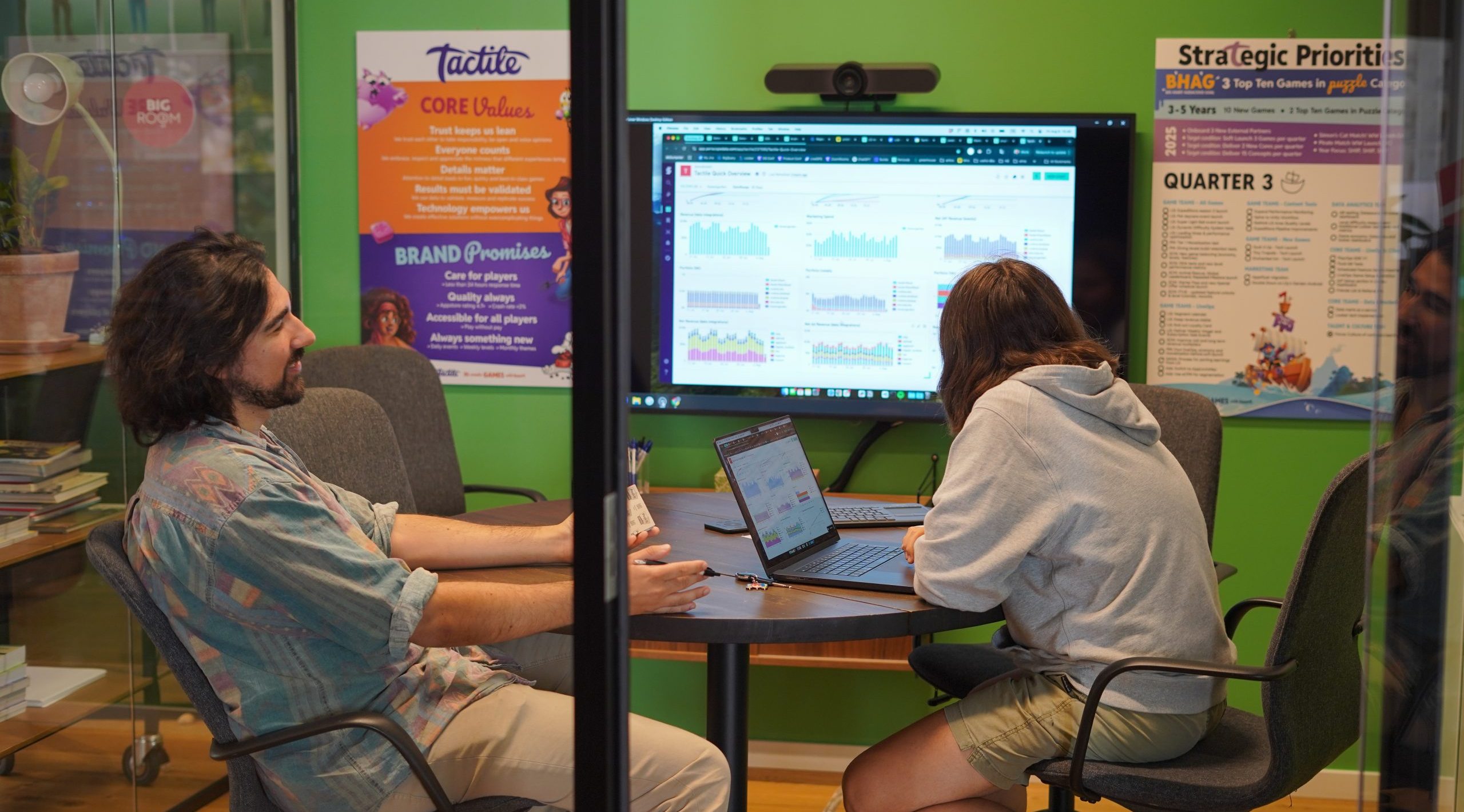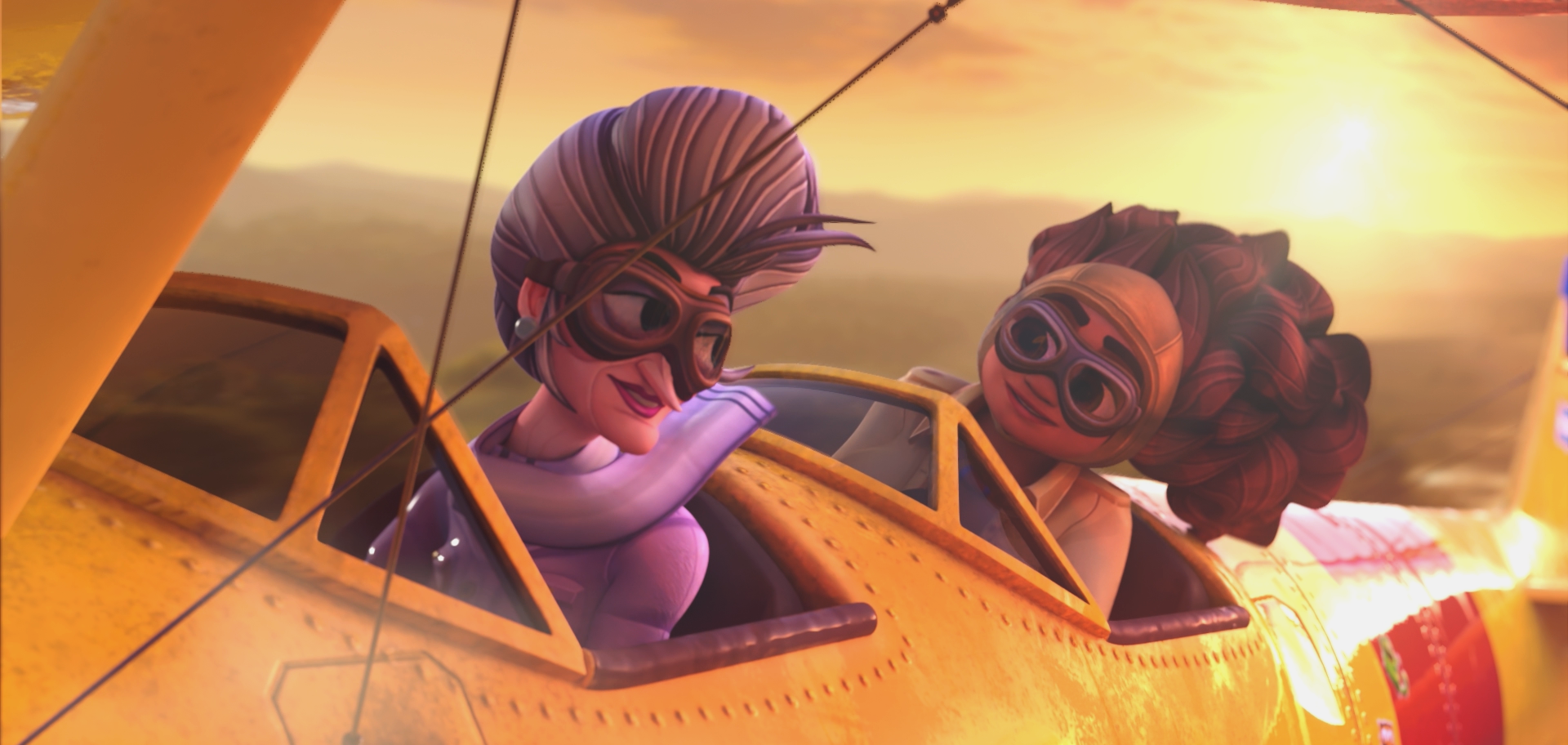Tales of a generalist
A lot of Art students get told early on to be specialists in their field, to focus on something and get really good at it. Our 3D generalist, Anne-Karina (AK), feels otherwise. In particular in the worlds of mobile and indie gaming, being a generalist is super important. This doesn’t apply to your art skills only – it’s super important to also have the mindset of continuous learning, for both art and software.
AK recently spoke about this topic to the students at DADIU (the National Academy of Digital, Interactive Entertainment), with the aim of showing what it’s like to work as an artist in the ‘real world’. We wanted to share her story, experiences and reflections from her 2 decade long career in this article.
The highs, the lows and all the good stuff in between
Hi all, my name is Anne-Karina, it’s lovely to e-meet you!
My journey into the world of art started at the Animation Workshop in Viborg (a tiny town in the west of Denmark), where I enrolled into a course in character animation (called KIKA). This was back in the olden days with 2D hand drawings and flipbook animations. Something really awesome about that education was that our teachers were people from the business, from companies such as Disney and Pixar, and it was incredible to learn from them.
After graduating, I worked as a freelancer for a couple of years, mainly as an animator. One day the principal of the Animation Workshop reached out to me with a potential job opportunity. He’s apparently been getting a lot of calls from a company and he asked if I’d be interested in talking to them. I decided to call them, got the job and this is how I ended up in gaming!
The company I was working with was developing PC games and my role involved a lot of hand drawing (this was back in 2006). But soon after that, PC games started declining and mobile gaming started growing (first iPhone was launched in 2007 👀). My company bought the Hugo IP and I started working on 3D more, focusing on the boardpieces, the icon and characters. This was when I really got into rigging, texturing and modelling, figuring out everything on the go and learning as I worked. My foundation for 3D was basically a 1 week course we did at the Animation Workshop, but the design principles are not different from 2D. Yes, you do get another dimension and you can’t just draw your way out of things, but the basic design principles I learned during my education were the same. The hardest thing was learning the software (Maya), but luckily I am very tech curious and love building bridges between tech and art. This is why I truly believe it’s important to have the mindset of learning – it helps with picking up new skills and adapting to the ever changing world we’re in.
Then in 2016, Tactile approached me and I initially said no because I wanted to stay within the world of 3D. Unfortunately, 1 year later my company shut down its Danish office and I was out of a job. Tactile stuck in my mind and so I decided to follow-up with them. As I’ve already done the art test the previous year, the process moved really quickly and I basically started working there a week later! The first project I worked on was Disco Ducks. After that I moved to Bee Brilliant and finally, to Lily’s Garden. I started rigging characters, modelling, animating, and setting up the entire art pipeline. Again, by keeping my mind open and focusing on the whole package, I started taking on more and more responsibilities.
An optimized art pipeline
When we are making games at Tactile, we first spend a lot of time trying to figure out what players want. We do so through user research and extensive data analysis (we get loads of data from our players, the devices they’re playing on, etc.). We also of course want to make a game that people actually can play. If the game sucks so much battery life that your phone keeps dying, or the app keeps crashing, or your device gets too hot when using the app, then it’ll eventually stop people from playing. This is why optimisation is so important and something to always be aware of! Making all this work is not just on QA and programmers. It’s a collective effort of all departments and Art has a big responsibility in it.
I want to illustrate what I mean by giving you a little run-down on how we handled the ‘heavy’ 3D character pipeline on our Makeover Match game, which I’ve been the 3D Lead on. The 3D process can seem a bit mysterious to those who haven’t worked with it, especially when colleagues come over to my computer and I’m working on a skin texture for a character and it looks like I flayed some poor cartoon character alive to do my evil deeds in Photoshop 🤣
Well here’s Emma from Makeover Match. Let’s have a little look at how she got from idea to finished game asset.
In the end we have an optimized 3D character pipeline, ready to produce a bunch of new characters.
Specialist vs. Generalist and the importance of having a portfolio
Now you’ve learned a little bit about 3D in the ‘real world’, but how do you decide what direction you want to go in if you’ve just finished your studies (or are about to)? Should you become a specialist, or stay more of a generalist? As a generalist in gaming, your skills will be highly useful on mobile and indie projects, whereas specialist roles exist more in AAA games.
A great place to start is having a portfolio. But what makes a good portfolio? In general in the Art craft, we all have the tendency to want to look at and make really neat pieces of art, so sometimes we get ourselves lost in the details before we have even built a proper foundation. I have looked through many portfolios full of highly realistic Zbrush assets. Whilst these are really neat and impressive, they don’t give me an understanding of whether this person can actually contribute to a production pipeline of stylized, low-poly 3D characters.
So when I look at portfolios, I want to see your work process. How do you texture? Do you have an interest in color and design? Have you been learning design basics from the old masters? I want to see behind the glossy surface, so that I really understand what you can do. If you can also show me that you understand the game engine you’re working in (whether it’s Unity or Unreal or something else), you’re very far along!
Grow your skills, but don’t forget the basics
Let’s take a look at a practical example.
A bird… I want to draw a bird. I start in one corner and draw some sort of a bird, but I’d like to stop myself and see if I can do better before I lose myself in starting to render this ‘masterpiece’
Construction… Yes, this part can sometimes feel boring and even mechanical. With the first few attempts you’re figuring out the actual geometric figure which will help you draw well-constructed drawings later, but the process feels clumsy and stiff. But I promise if you keep going, your hand and brain will start relaxing and you will soon get a looser style, whilst still keeping the technique underneath! The beauty of digital art is that you can make as many layers as you wish, so try and try again. And CTRL+Z as much as you want.
Keep practising the underlying construction and you can render in whichever style is needed for your project. And when you really understand the shapes…
… and your art director says: “Nooo, I want a different angle!”, you don’t panic! You can do a different angle easily. You build it with the shapes and as always, remember the perspective.
This really goes for any type of drawing, and very much for 3D modelling as well. Understanding good design, pleasing shapes, good silhouettes and ensuring the edge flow is good no matter how you twist and turn your character are just as important in 3D art as in 2D. The point is that you need to work on the foundation first in art. Whether it’s 2D or 3D, don’t forget the basic principles of construction and perspective. Keep training your craft!
Besides all of this, you also need to be open to doing some things that are maybe not so exciting, or not exactly your style… Remember, they don’t always have to be, you’re doing a job.
Working with styles or stories that aren’t for you is bound to happen. My own example of something I might not loooove making a game about is needlepoint work. BUT, I would research it intensely and make the best needlepoint game art ever, I promise! That’s what our craft is and that’s what a good game artist can do – make game assets following the vision of someone else. And do so well. For ourselves, we can do projects on the side which will quench that thirst of creating something that is really our vision.
So the best piece of advice I can give you is to keep learning and stay flexible in styles. Adapt to whatever game you’re working on, even if it’s not your ‘specialization’.
Something that can help you with this is strong team collaboration. Rely on your team to give you feedback and help direct you in your work. Taking feedback is not always easy, because you’re likely to get triggered. We pour our heart and artistry into our work and then someone comes by and totally tears us down – or so it feels at the time. Some critique or feedback is great, some is good, some is unfair. Some is not delivered in a great way and some can be seen as a matter of taste. But if you build a good foundation of trust within your team, you can always find something useful to take out of the criticism you receive. Being able to take critique is key to becoming better in your work.
Keep learnin’, keep learnin’ and embrace new tech
I would like to wrap up this story by saying – keep your mind open to learning new things, it will make you a more diverse artist.
In the generalist mindset, I encourage you to have diverse interests and learn more about how the world works, about fashion, book binding, cooking, other cultures, philosophy, maybe even needlepoint embroideries 😉, so you always have something to draw inspiration from. Also learn more about the market and players you’re making games for.
Just don’t be like Blockbusters …
… They didn’t believe in streaming and now they don’t exist. We have to deal with reality however little we like it at times. New technology can be scary and it is getting better extremely fast. But, I will say this… AI is just another tool and let’s face it, it’s here to stay. So just like streaming movies instead of renting physical copies, learn about the new technology and see what it can do for you. Is there some tedious work it can take care of for you so that you can focus on the creative part? AI is here and we have to adapt to this wild new reality as artists and game makers.
So learn new tools (yes, jump on that AI train), figure out how to make it useful for your work and be curious, always!
I want to leave you with a final thought …
I think that working with games is a little bit like our friend Indiana Jones here. Trying to find the right formula to get the gold – making that next game a real success. Sometimes we end up running with a boulder chasing us, wondering what in the world happened…
… And sometimes we end up getting the gold and getting away with it all! I hope you all get to learn from a bunch of lovely failures and successes and make awesome games in the future. I can’t wait to play them!
